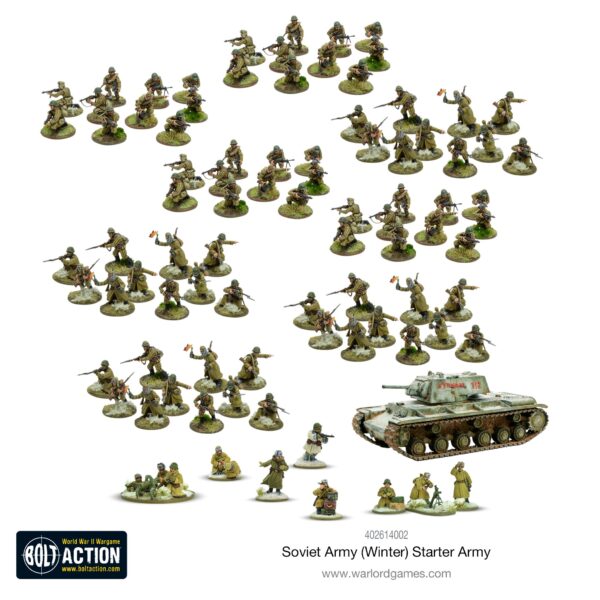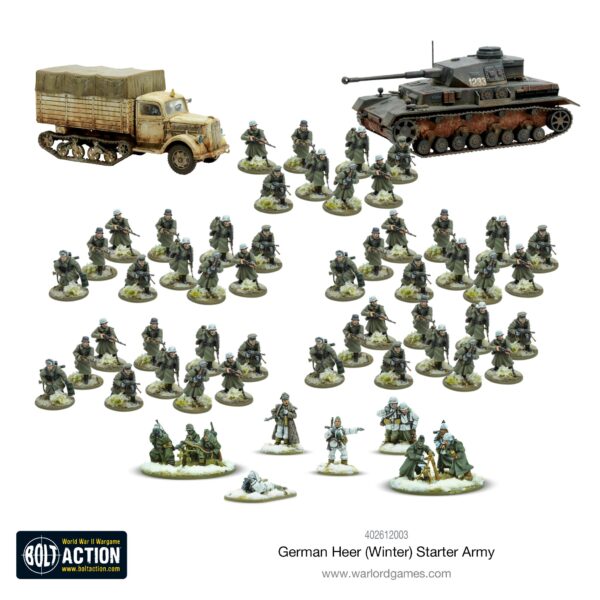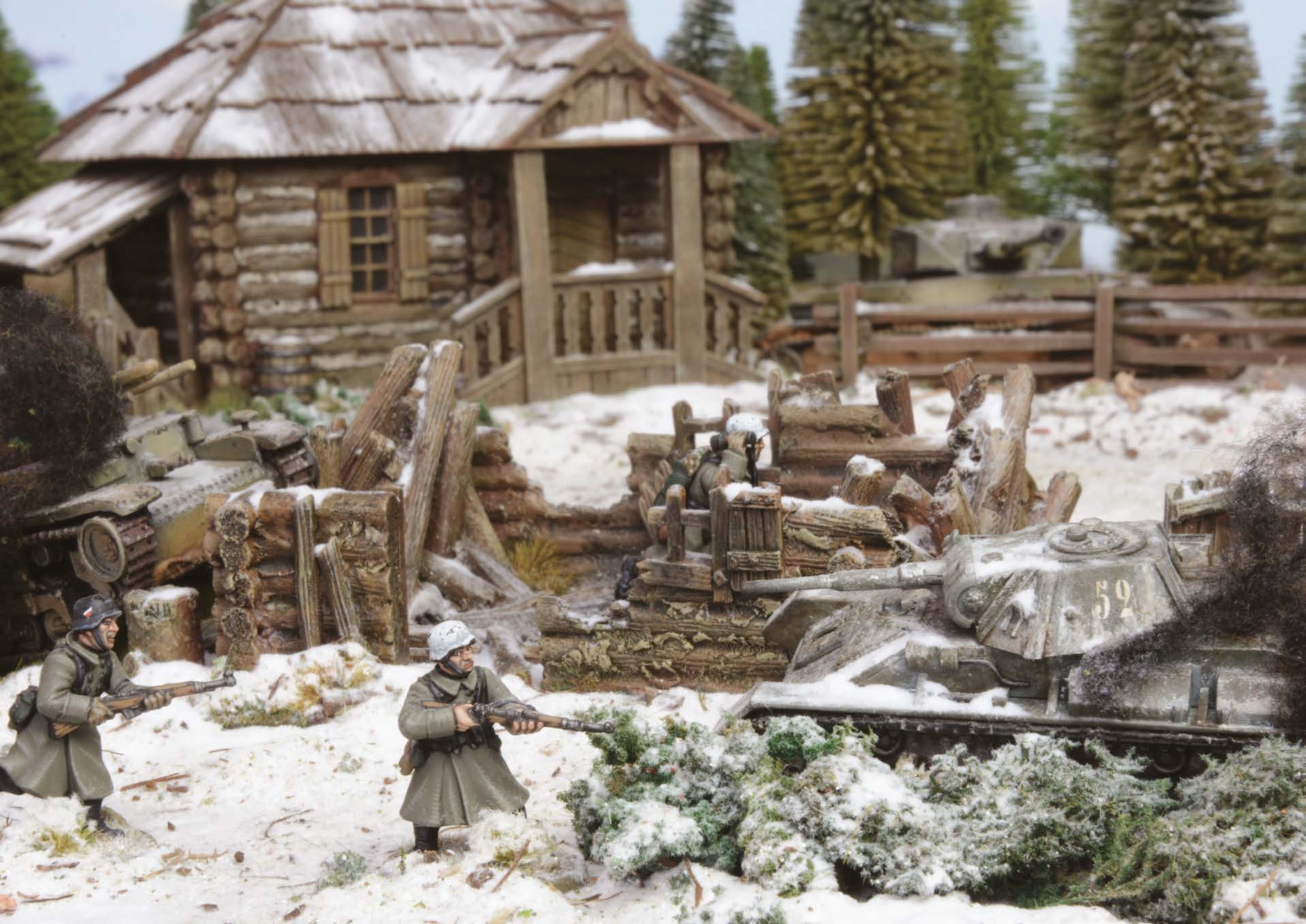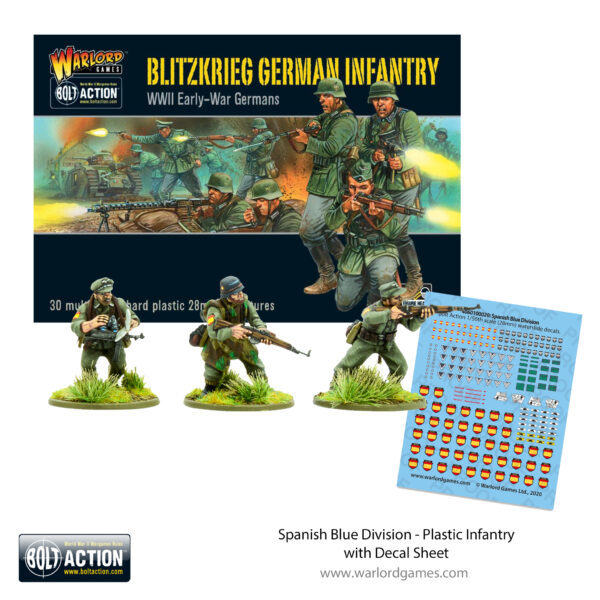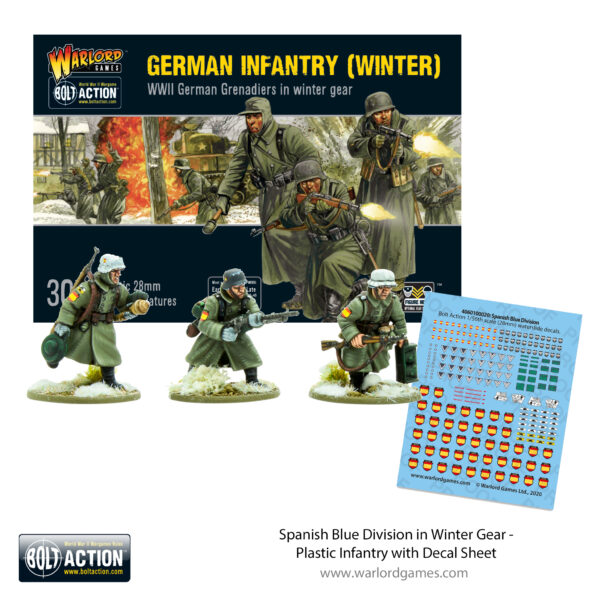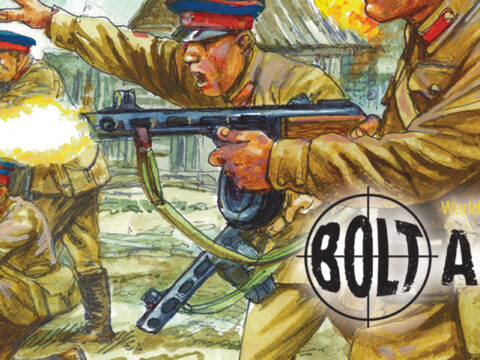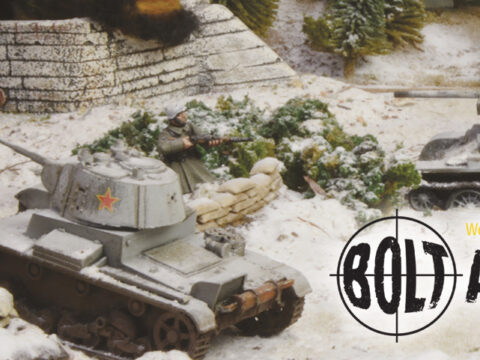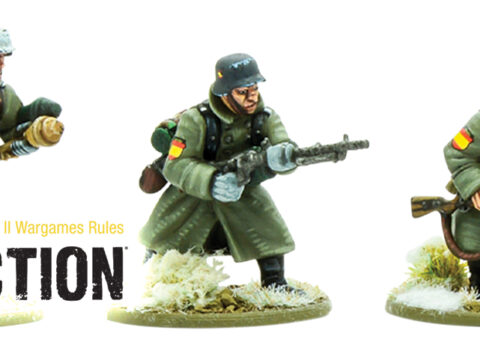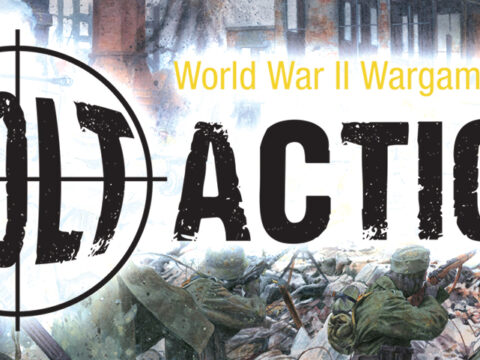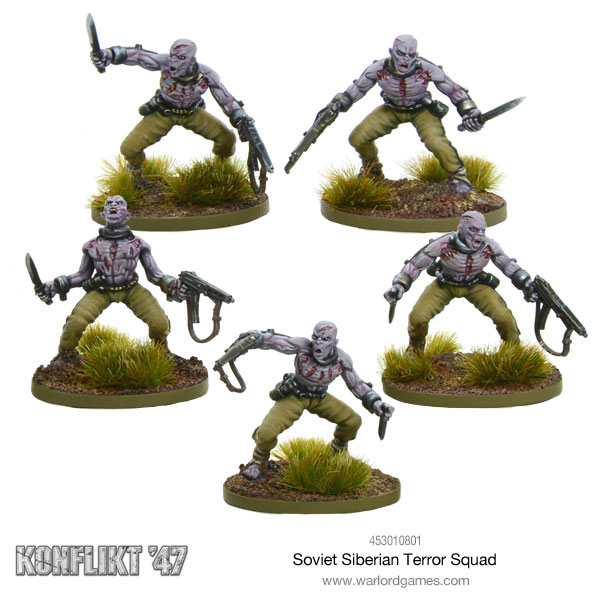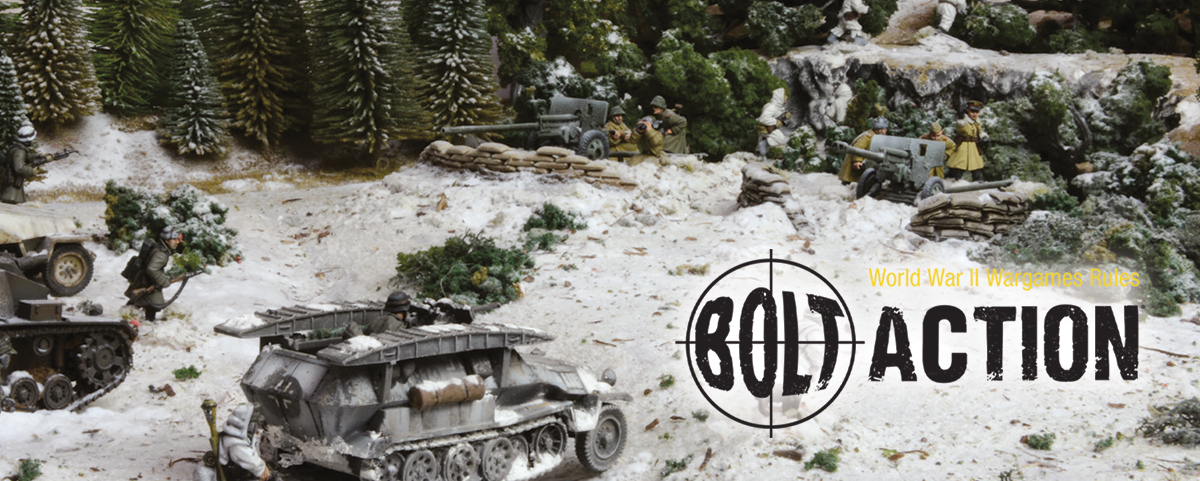
The finale of Robert Martin’s series on the Spanish Blue Division’s actions at the Battle of Krasny Bor throws light onto the ferocious counterattack sprung upon the Soviets once they had finally wrested control of Krasny Bor from the Spanish Blue Division. If you try out the scenario, be sure to let us know what you think!
Policing Action
11 February 1943. The Soviets finally wrested Krasny Bor from the Spanish by the end of 10th February, but the cost had been high. On the 11th February a Kampfgruppe composed of elements of the 4th SS (Polizei) Division supported by the three Tigers and three Panzer III of Schwere Abeiltung 502nd counterattacked into the Russian left flank.
More vicious fighting resulted, the Tigers being especially effective, thirty-two Russian tanks were destroyed and the Russians forced back, but the Germans were now exhausted and had run out of reserves, they called off the attack and both sides paused to lick their wounds.
Forces
The German player has an armoured platoon consisting of a Tiger tank (command tank), two Panzer III, a 1st Lieutenant, and three ten-man early-war SS sections, each with one SMG, eight riflemen, one LMG and AT grenades. All German troops are veteran.
The Russian player has an armoured platoon consisting of four T34s (one is the command tank); a 1st Lieutenant; a MMG team; an AT rifle team; two twelve-man regular rifle squads (with one SMG, ten rifles and one LMG); and a twelve-man inexperienced rifle squad armed with rifles.
If players wish to choose their own forces use the Stalingrad, Death On The Volga selector from the Armies of Germany book and the Operation Uranus selector from the Armies of the Soviet Union book.
The Germans get twice as many points as the Russians.
The Germans should choose SS early-war squads rather than Heer infantry squads and not select any vehicles other than a single Tiger I, and Panzer IIIs.
The only vehicles the Russians can choose are T34s.
Setup
The game is played along the length of a normal 6’ by 4’ board, a few low hills should be scattered around to help break line of sight, otherwise, the board is flat and barren.
Deployment
Both sides may choose to leave up to half their units in reserve.
The Russians enter from one short table edge on turn 1.
The Germans enter from the opposite short table edge on turn 1.
Objective
Both sides are trying to wear each other down and aim to inflict as many casualties as possible.
Game Duration
The game lasts six or seven turns. At the end of turn six, roll a dice: on a 1-3 the game ends, on a 4-6 a seventh turn is played.
Victory
Each side scores one VP for each unit destroyed. If one side has two more VP than the other at the end of the game that side is the winner, any other result is a draw.
Scenario by Robert Martin
Spanish Blue Division
Drawn from volunteers of Francoist Spain, the Blue Division operated on the Eastern Front as part of the German Wehrmacht in World War Two. Officially designated the Spanish Volunteer Army by the Spanish Army, and the 250th Infantry Division by the Wehrmacht. Though Spain, under the regime of Francisco Franco, remained a neutral power during the war, Franco sympathised with the Axis powers.
The unit participated in the Siege of Leningrad, but was withdrawn from the front in October 1943, though many chose not to, some forming the short-lived Blue Legion, or incorporated into other units like the Waffen-SS. They were singled out for praise by Hitler, receiving the “Spanish Volunteer Medal”, for displaying effectiveness in impeding the Red Army’s advance. The Red Army suffered 49,300 casualties in actions against the Blue Division.


